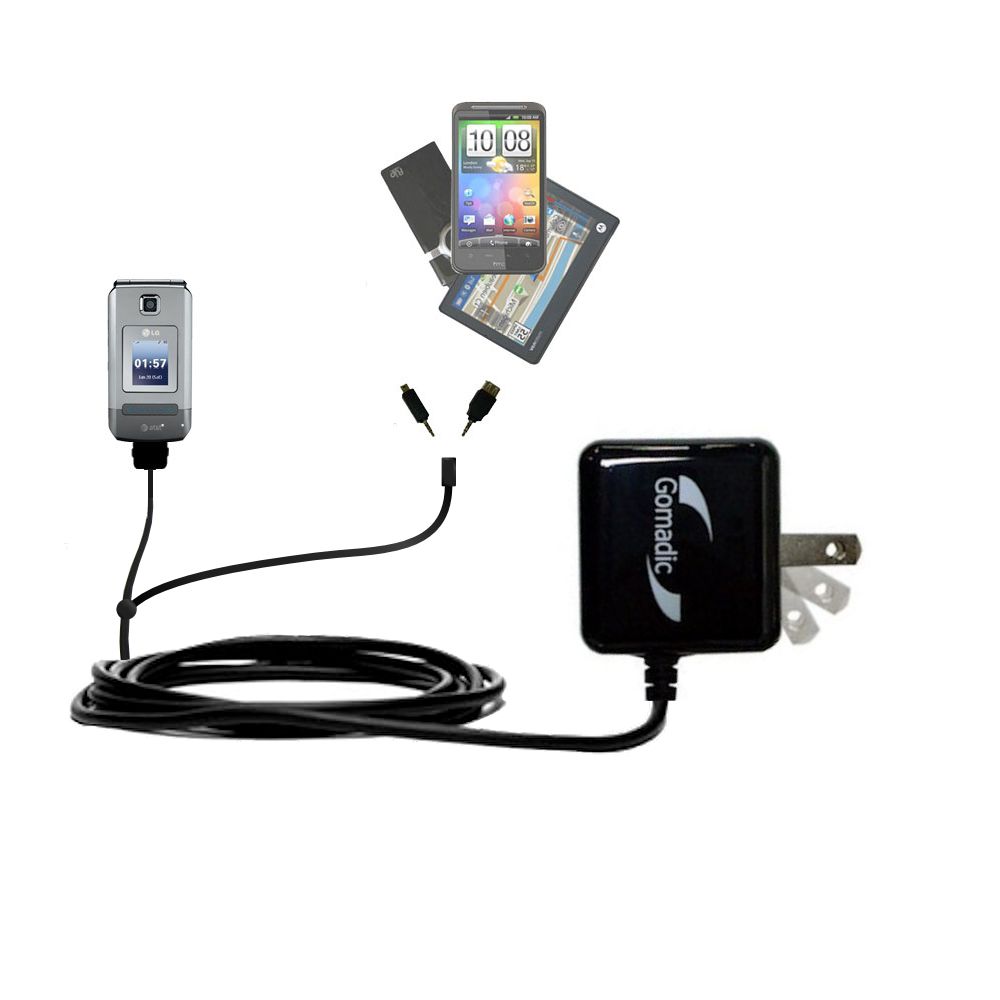
What are your data protection rights? Aerotrax Technologies would like to make sure you are fully aware of all of your data protection rights. You have the right at any time to stop Aerotrax Technologies from contacting you for marketing purposes. If you have agreed to receive marketing, you may always opt out at a later date. Marketing Aerotrax Technologies would like to send you information about products and services of ours that we think you might like. Once this time period has expired, we will delete your data by removing it from our servers. Our Company will keep your data for five years. Respond to your contact form submissions How do we store your data? Aerotrax Technologies securely stores your data with third-party cloud hosting providers.

Email you with special offers on other products and services we think you might like. How will we use your data? Aerotrax Technologies collects your data so that we can: - Process your tickets, requests, and manage your account. Voluntarily complete a customer survey or provide feedback on any of our message boards or via email. We collect data and process data when you: - Register online or request a demo.
#Trax solutions charge how to#
Topics - What data do we collect? - How do we collect your data? - How will we use your data? - How do we store your data? - Marketing - What are your data protection rights? - What are cookies? - How do we use cookies? - What types of cookies do we use? - How to manage your cookies - Privacy policies of other websites - Changes to our privacy policy - How to contact us - How to contact the appropriate authorities What data do we collect? Our Company collects the following data: - Personal identification information (Name, email address, phone number, etc.) How do we collect your data? You directly provide Aerotrax Technologies with most of the data we collect. And you can file a report with the Federal Trade Commission.This privacy policy will explain how our organization uses the personal data we collect from you when you use our website. You can also set up a fraud alert with one of the three major credit reporting bureaus-Equifax®, Experian® and TransUnion®-and it will alert the other two. So if your card is lost or stolen, you will not be responsible for charges you did not authorize. Some issuers, like Capital One, have $0 liability for unauthorized charges. Thankfully, if you report credit card fraud and it’s investigated and verified, the Fair Credit Billing Act says you’ll be liable for no more than $50, no matter how much was fraudulently charged to your card. The sooner you can do it, the quicker you may be able to stop more unauthorized spending in your name. Try to report the fraudulent charge as soon as possible. If you’re a Capital One cardholder, you can instantly lock your card from the Capital One Mobile app so no one else can use it. You’ll answer some questions and start the process of filing a claim. If you suspect you have a fraudulent charge, you can start by calling the toll-free number on the back of your card. If you find an unfamiliar charge that’s more than a simple mistake, you might be dealing with fraud. When it comes to disputes, contacting the business directly is often the fastest way to resolve things. Unless the dispute concerns fraud, most issuers require you to file it within 60 days of the transaction appearing on your statement.

In either case, you should promptly contact your credit card issuer. If you’ve researched the transaction and still don’t recognize the charge, it could be the result of an error or fraud. You can look up the name online to find out what company it’s related to. Some companies might also appear under the name of their parent company or the name of the payment processing service provider they use. How to look up credit card merchant namesĭo your credit card transactions show a business name that you don’t recognize? Bear in mind that some company names can appear abbreviated or otherwise shortened on your statement. And think about whether you scheduled any purchases a while back that you might just now be seeing the charges for. You can also check with family members or friends authorized to use the account to see whether they made the transactions in question. What’s the date of the transaction, and can you remember what you were doing that day? You might have forgotten that you stopped somewhere unexpectedly for lunch, for example. If something looks unfamiliar in your statement, take a few minutes to mentally retrace your steps. What if I see something unfamiliar in my statement?


 0 kommentar(er)
0 kommentar(er)
